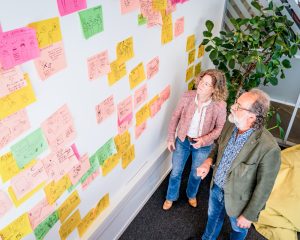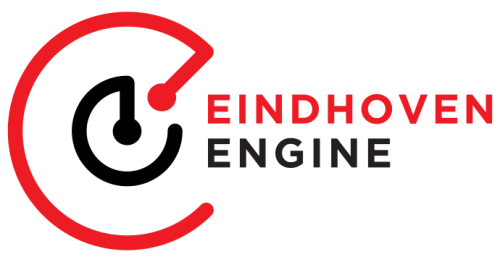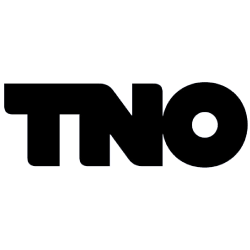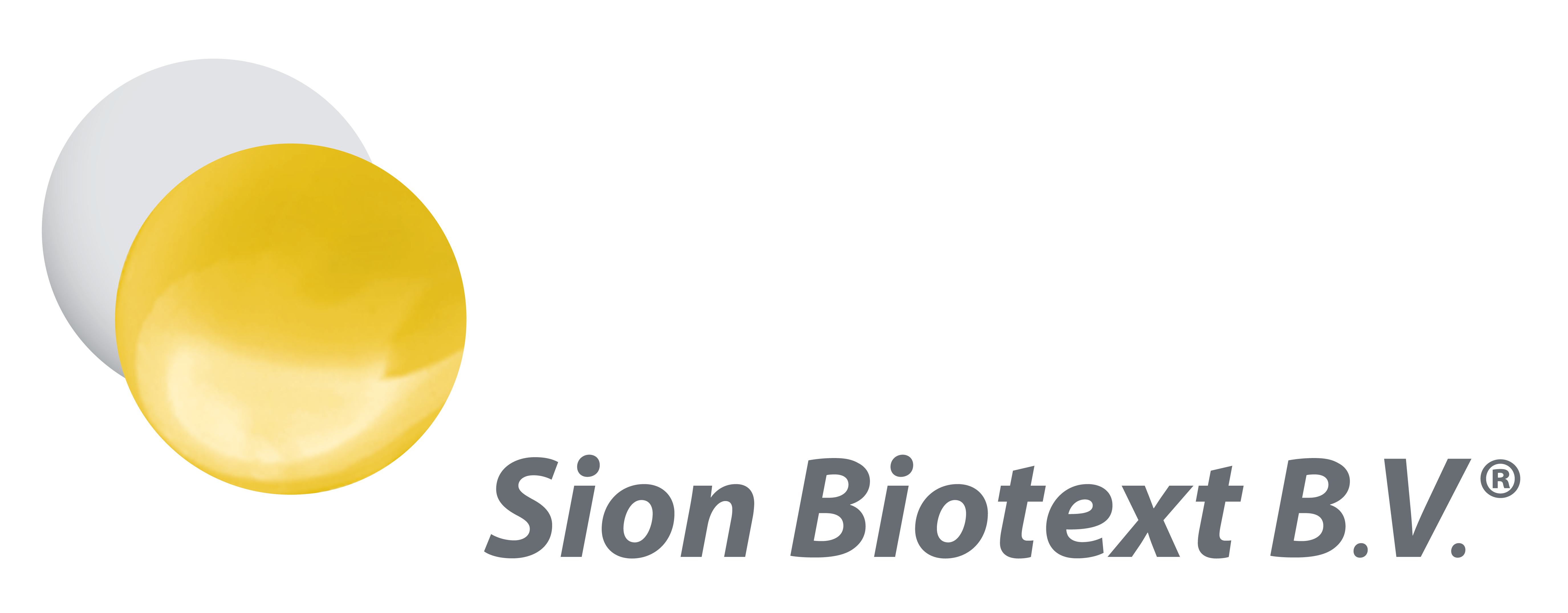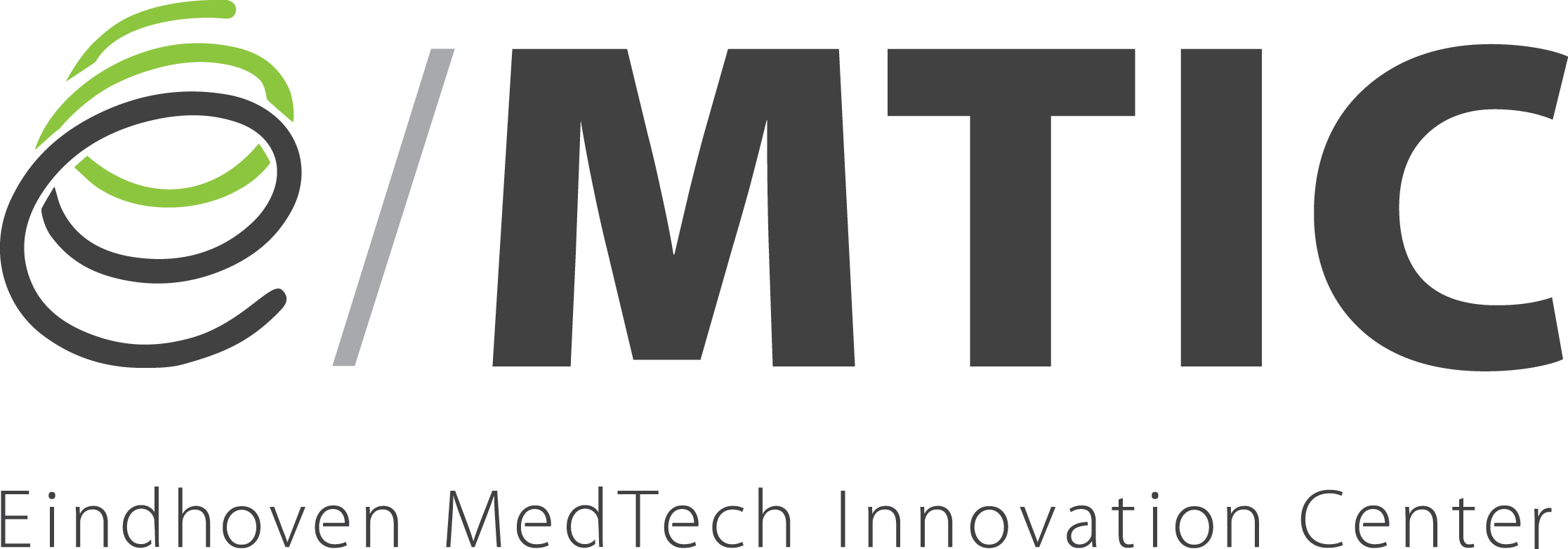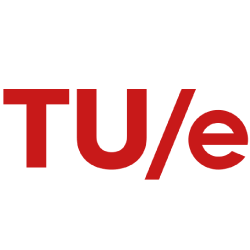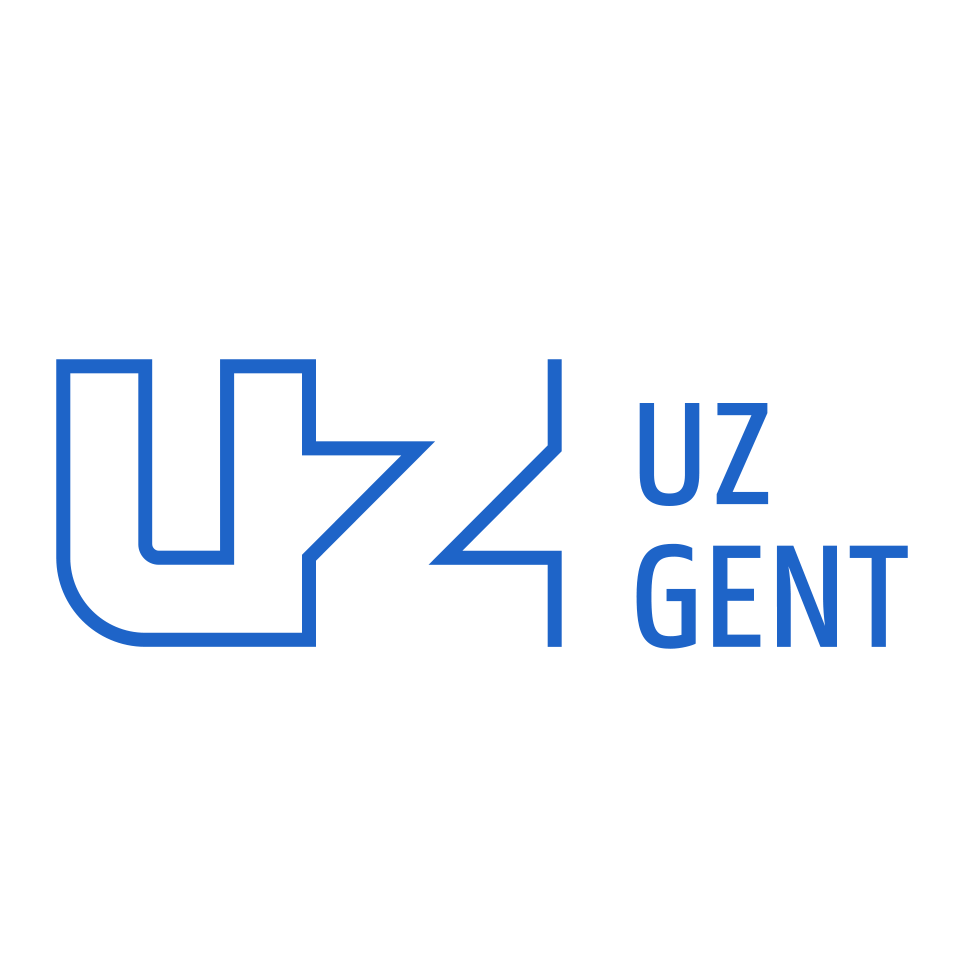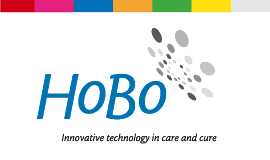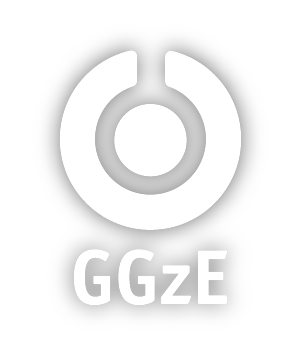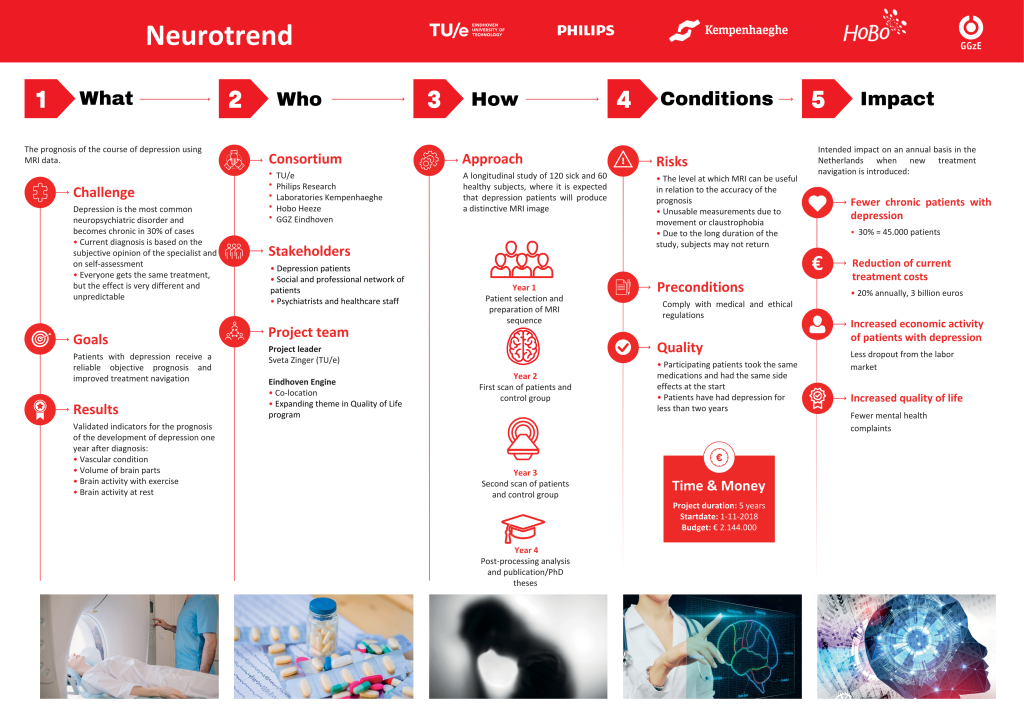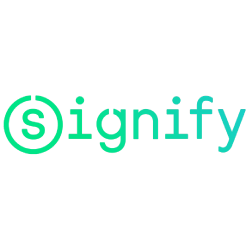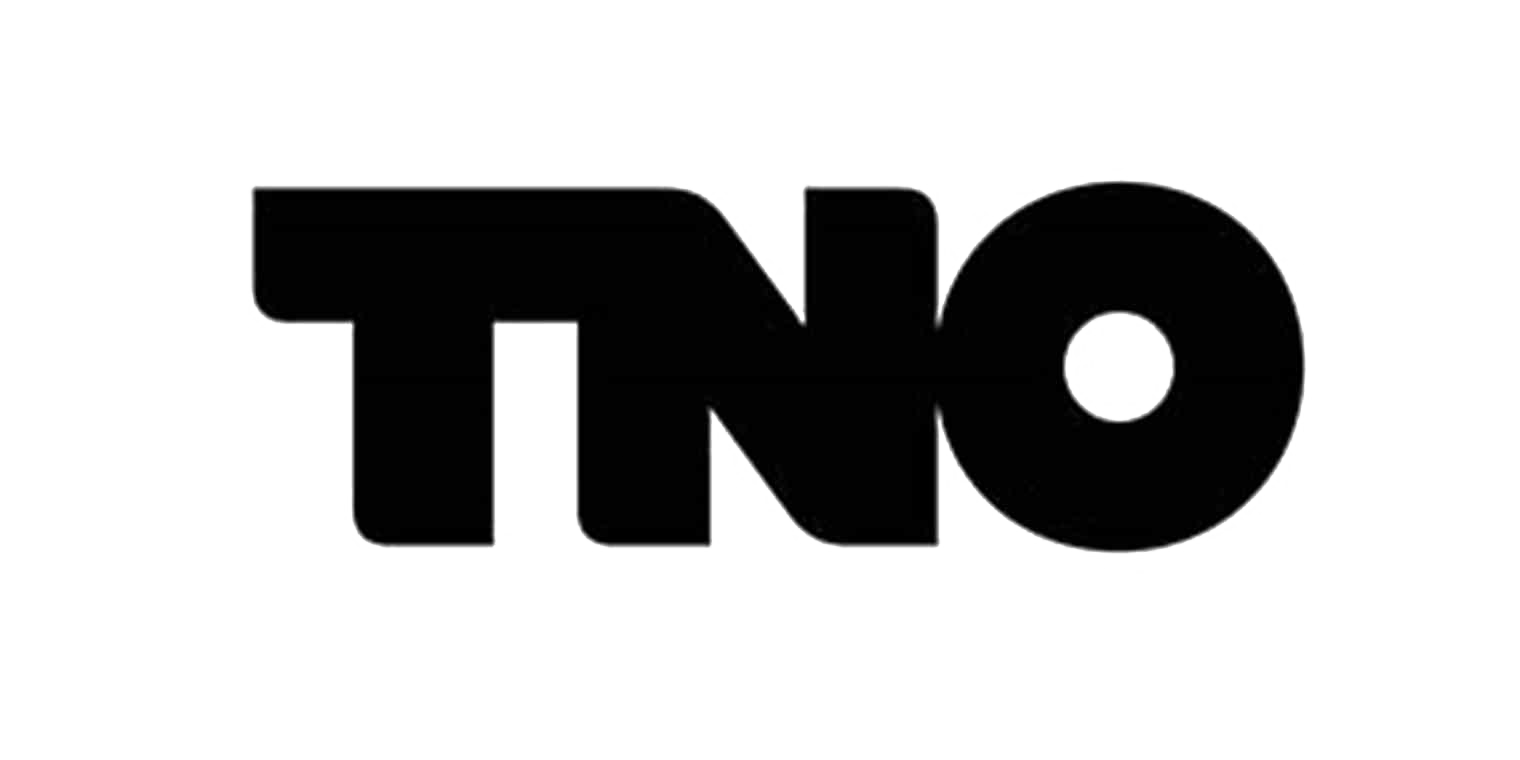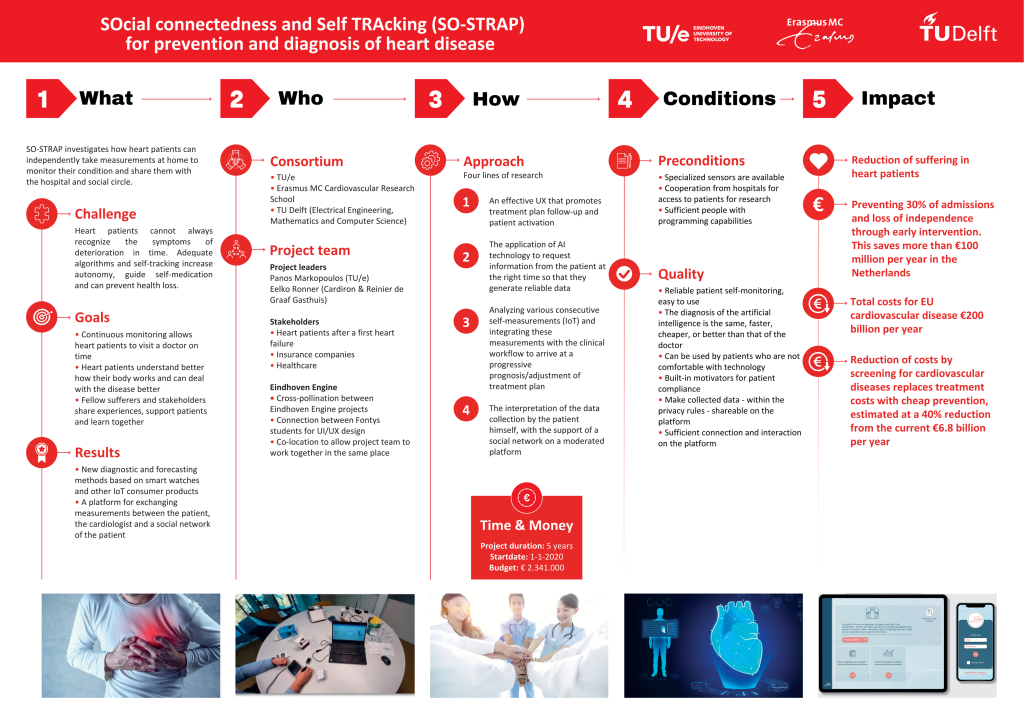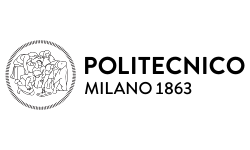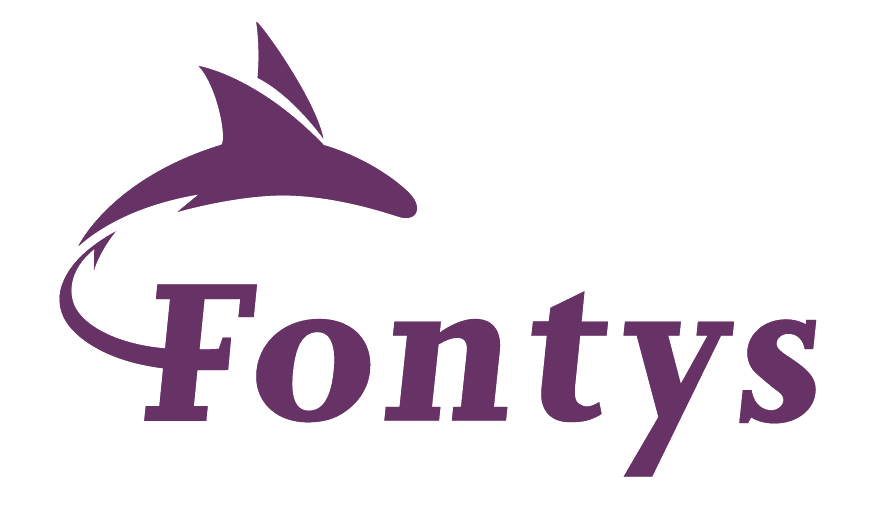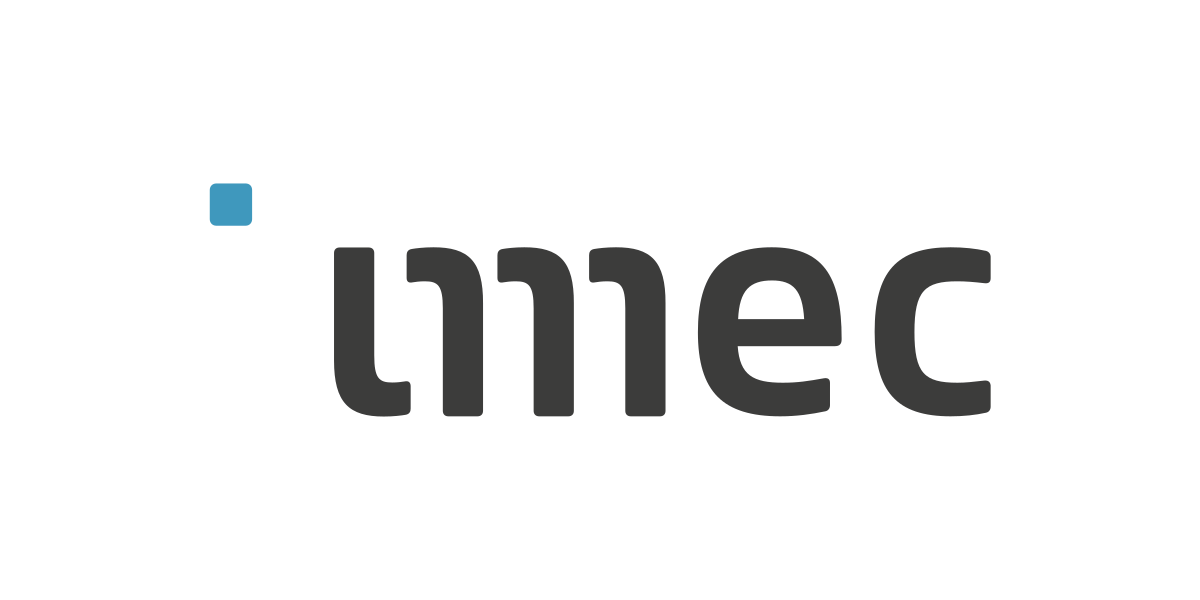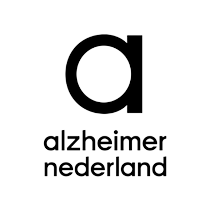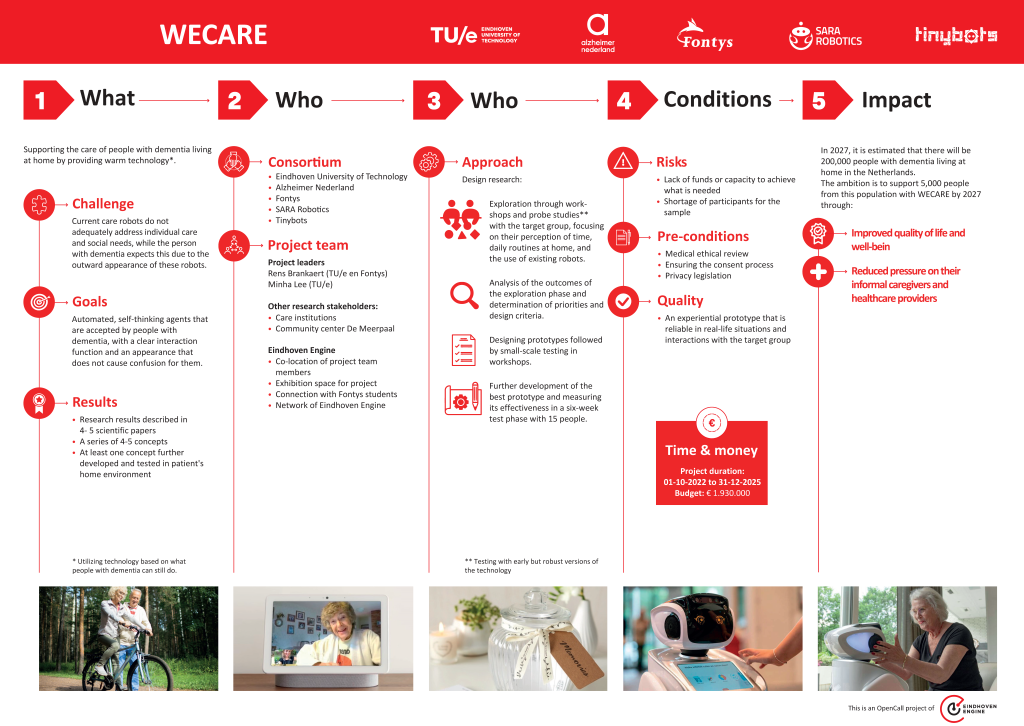About the project
The project started with a feasibility study on market introduction. The mouth-nose mask is an innovative product that is made almost entirely (95%) from biological renewable raw materials: PLA with bio-PP for a filtering effect and recycled steel for the nose bridge. As the mouth-nose mask is 20-45% lighter, less raw materials are used.
The development and production of the new ProM mask will be more sustainable by using the knowledge and skills of previous in-house development and production processes combined with the knowledge and expertise of prominent Dutch scientific knowledge and training institutes.
Together, we aim for a sustainable future by making and keeping innovative, sustainable mouth-nose masks available for healthcare in the Netherlands and, where possible, the rest of Europe.
We have been able to produce a new affordable and sustainable FFP2 medical mask. These masks are ready to be tested and certified by the proper notified bodies in 2023 and may eventually be brought to the market.
This research is supported by Small Business Innovation Research (SBIR) of the Netherlands Enterprise Agency (RVO).
Other updates
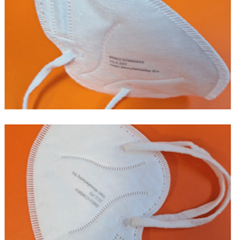
Sustainable mouth/nose mask consortium successfully concluded
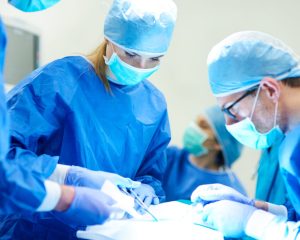
Media: Eindhoven Engine competes with cheap face masks from abroad

Accelerate by working together
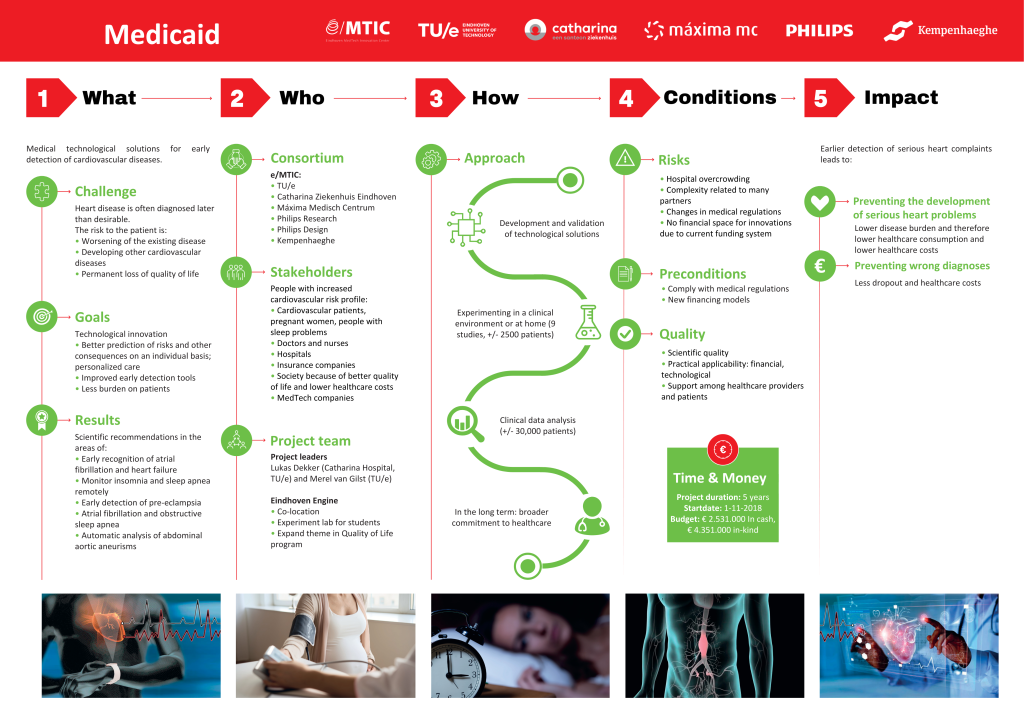
Project updates
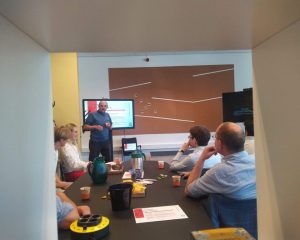
New project leader Medicaid project
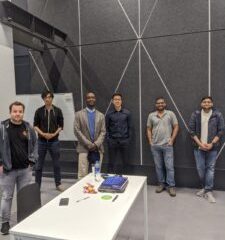
Eindhoven Engine challenges PDEng students
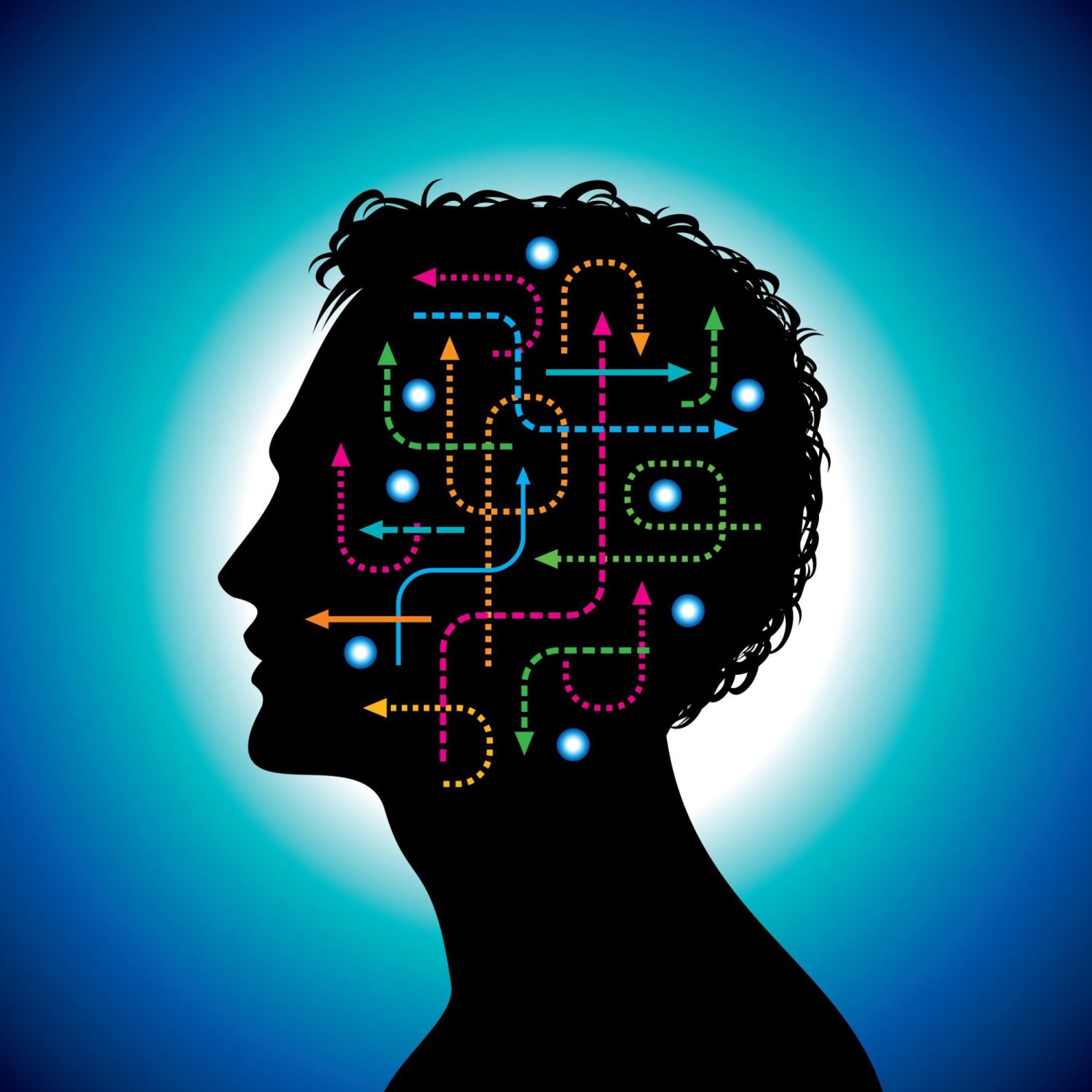
A non-invasive approach to treatment
Using EEG- and MR-imaging based transcranial electrical stimulation, the Eindhoven Engine project PerStim (Personalized neurostimulation) investigates how treatments for patients with refractory focal epilepsy and prevalent co-morbid disorders can be personalized effectively. Via transcutaneous direct/alternating current stimulation (tDCS/tACS), the overall aim is to develop personalized, non-invasive neurostimulation protocols to provide (non-)refractory epilepsy patients with a better quality of life. This non-invasive approach to treatment is a method whereby an operation is not needed and treatment outside the body, as it were, is made possible.
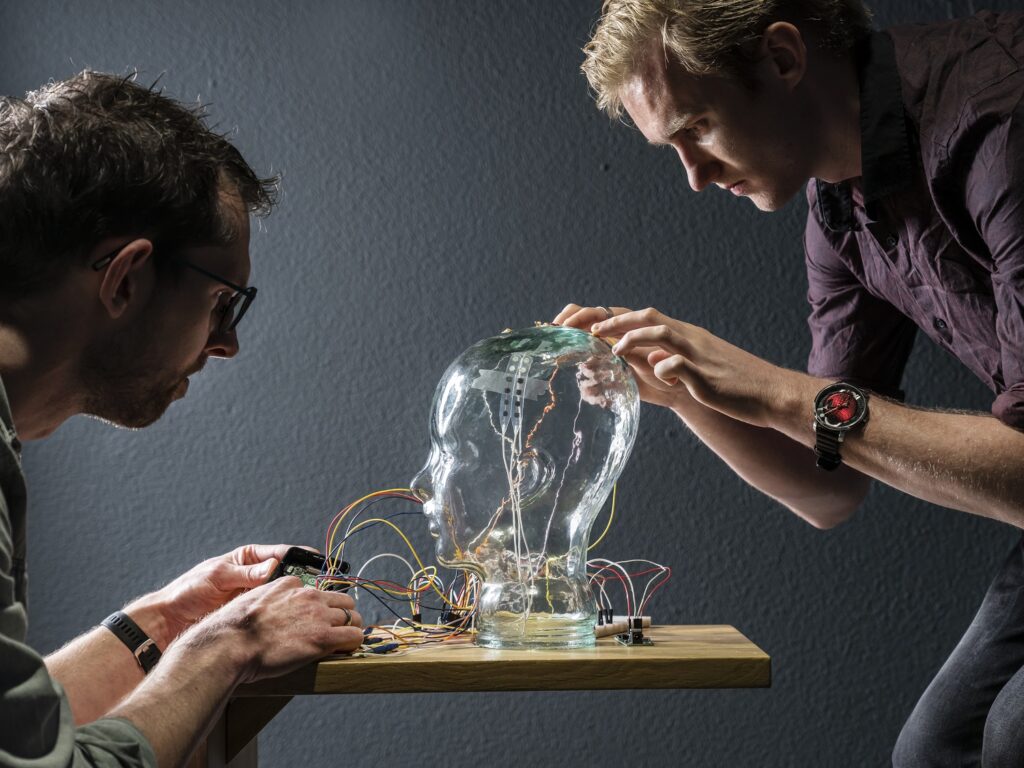
Tight technical-clinical cooperation
To realize these ambitions, TU/e has teamed up with Philips Electronics Nederland B.V. and Kempenhaeghe, the Academic Center for Epileptology. UZ Ghent is also involved through the part-time neuromodulation chair of Professor Paul Boon. PPP Allowance co-funding has been made available to Epilepsiefonds by Health~Holland’s Top Sector Life Sciences & Health in order to stimulate public-private partnerships. Project partner meetings take place approximately once per month, with Fontys and TU/e student projects expected to be held in Eindhoven Engine’s building Disruptor. Such close collaboration and the integration of their results in clinical trials will allow for direct testing of PerStim’s neurostimulation hypothesis.
First clinical study
With the support of Eindhoven Engine, PerStim successfully completed the first clinical study and developed a suitable skull model to commence the second clinical study. The project also integrated two Fontys students into the team, whose contributions will be included in a PhD thesis. Additionally, a spin-off project was launched under PerStim to extend the non-invasive neurostimulation approach to transcranial focused ultrasound stimulation. This initiative was further bolstered by recruiting an additional postdoc, in collaboration with the Donders Institute in Nijmegen.
Videos
In the Netherlands one third of the epilepsy patients (100.000+) keep having seizures; even after trying several medicines. The next treatment will be surgery. But there is a promising alternative treatment: neurostimulation.
Rob Mestrom – Project Leader
In this project PerStim Rob Mestrom and his team do research in personalizing neurostimulation for epileptic patients. He does this with a tight technical clinical cooperation with partners TU/e, Philips Electronics, Kempenhaeghe, UZ Ghent, and Epilepsiefonds.
Steven Beumer – PhD candidate
Steven Beumer uses brain images and brain recordings to try to optimize stimulation protocol for patients. Together with Fontys graduation students, they are working on artificially skull that mimics the real skull and its electrical properties.
Infographic
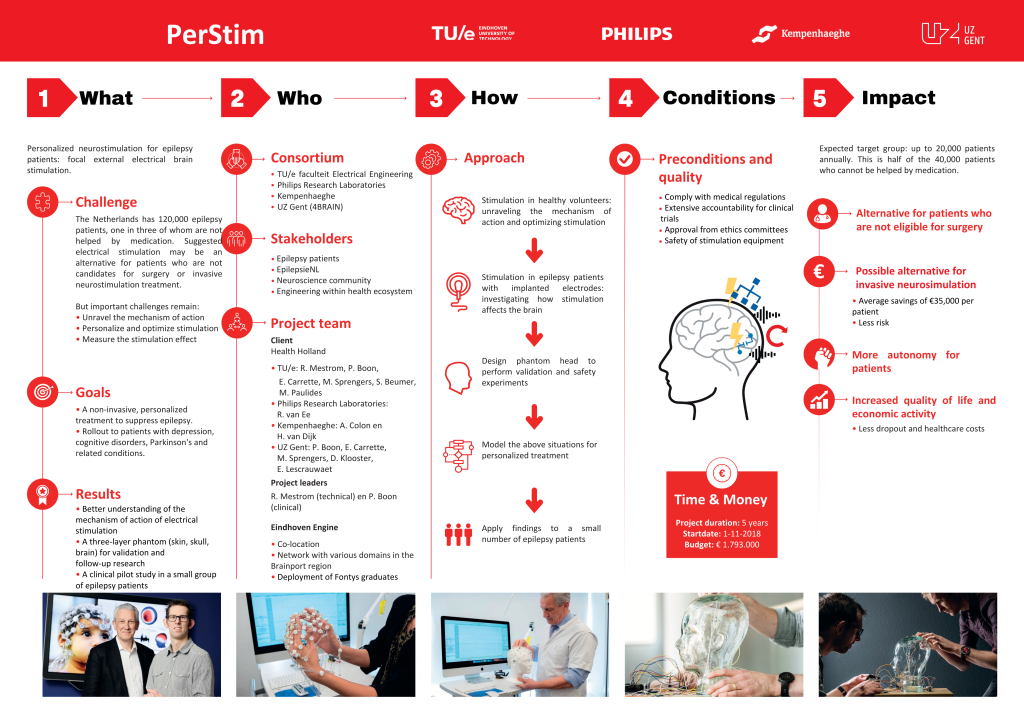
The aim of this project is to arrive at a reliable objective diagnostic technique based on functional MRI scans of the patient, and ultimately to apply these in decision support systems for diagnosis, patient stratification and therapy selection. This can significantly reduce the burden of disease and costs, and can also create an important new market for MRI scanners.
With support from Eindhoven Engine, the project initiated student internships and graduation projects that contributed to valuable research outputs, which were then shared with the Eindhoven Engine community. During the project period, Neurotrend gained valuable insights into imaging and AI through project update meetings and discussions
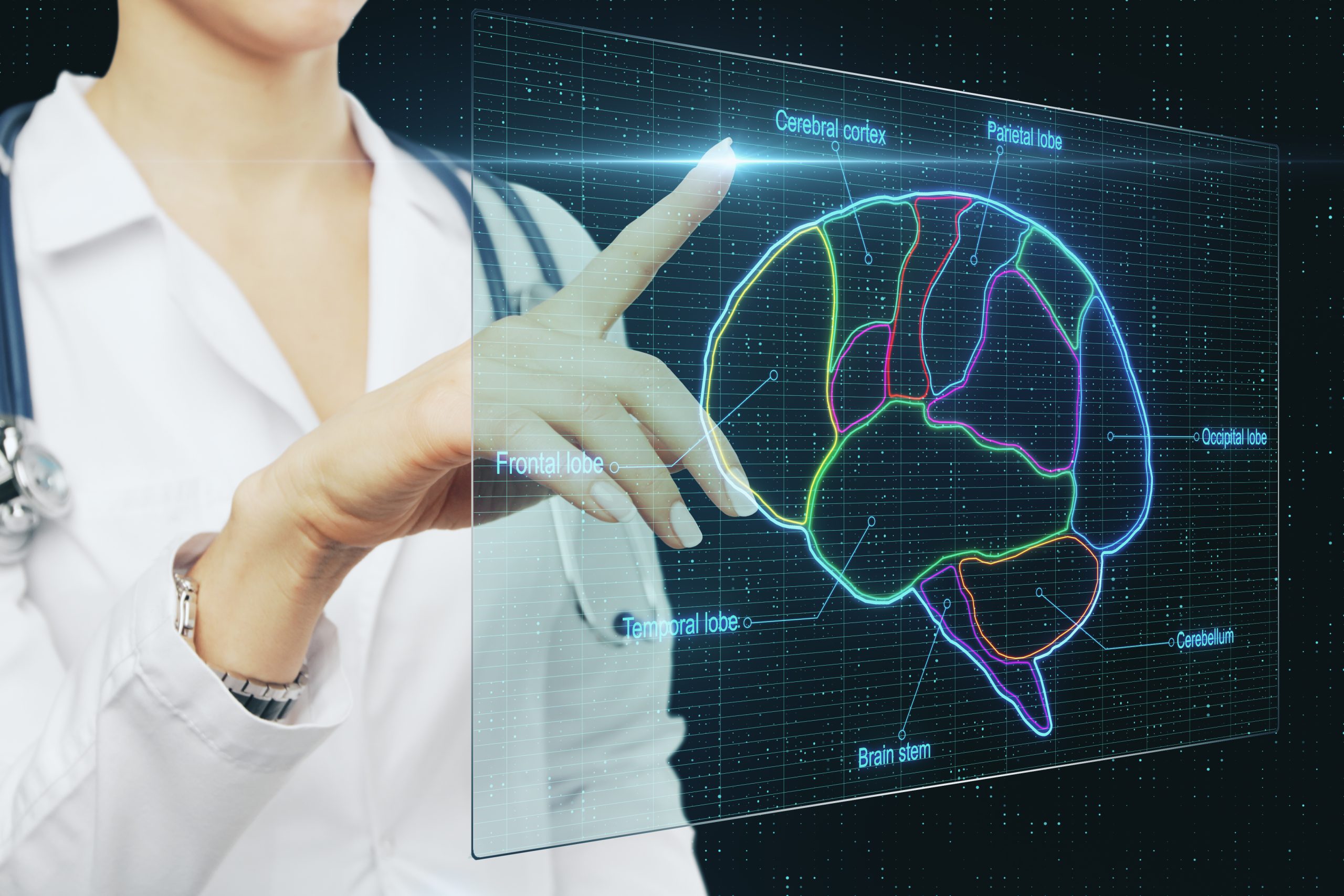
Key benefits included:
- Creating opportunities to share and discuss Neurotrend’s study results.
- Providing a facility for work and meetings in a multidisciplinary environment.
- Hosting thematic sessions that offered useful information on specific topics, applicable to ongoing research.
This collaborative effort not only advanced research but also fostered a vibrant, knowledge-sharing community.
More project info
Infographic
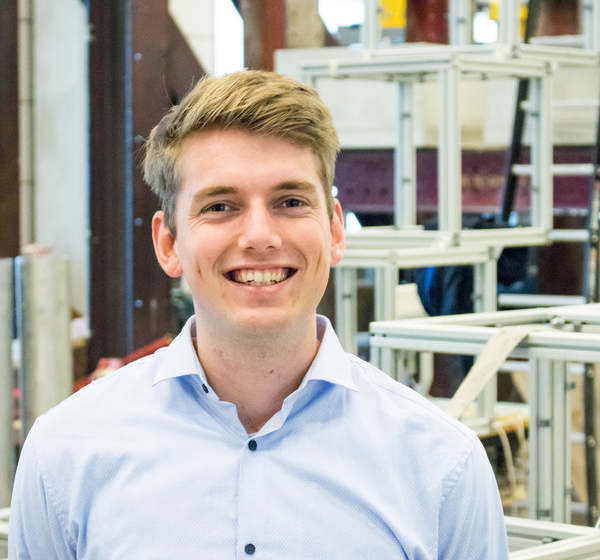
A photorealistic simulation of dynamic natural light for perception in VR
Sietse, an EngD trainee on the Intellight project, is working on a photorealistic simulation of dynamic natural light for perception in virtual reality. Light is an environmental factor that directly and indirectly impacts human health and well-being through processes affecting circadian rhythm, arousal and alertness, as well as comfort and visual interest.
Infographic
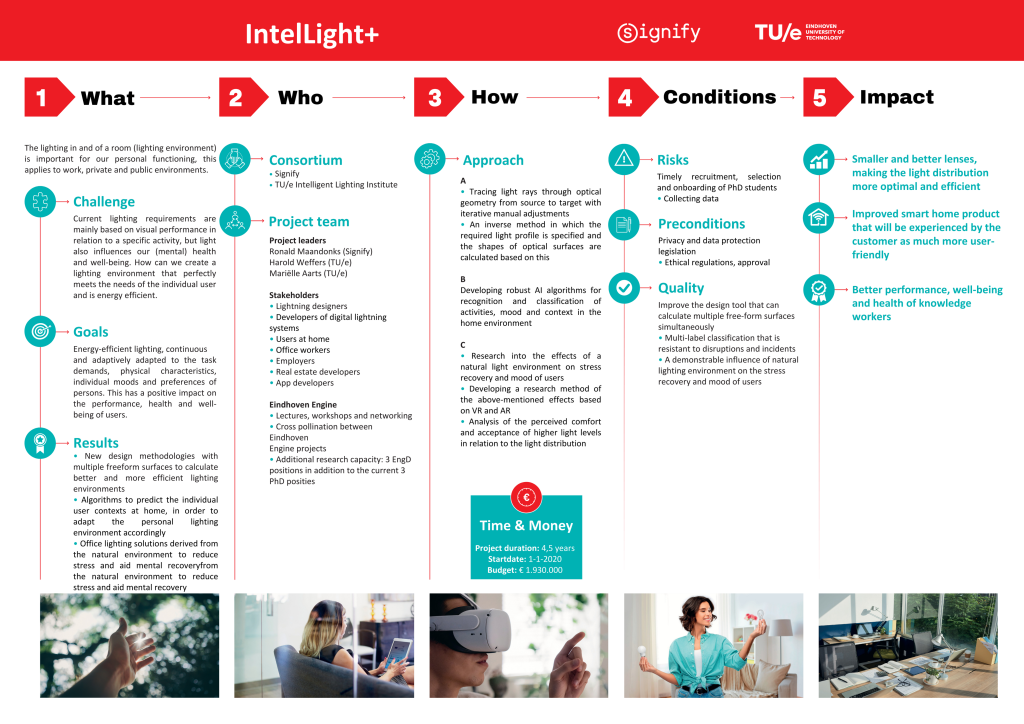
Videos
Marieke van Beurden – Project leader
The POWerFITTing project focuses on the optimization of a person’s vitality both at work and the (home) office to remain healthy and productive.
Steven Vos – Professor Fontys & TU/e
We are optimizing the relationship between vitality and the (home) office environment. By taking into account individual, societal and contextual factors, this enables employees to remain both healthy and productive.
Hans Brombacher – PhD candidate
Hans, PhD candidate in the POWErFITTing project, researches the improvement of a healthier and active environment for people in (home) offices. By the combination of data acquisition, integration and application for the validation and acceleration of user-oriented solutions, Hans is optimizing the relationship between vitality and the (home) office environment.
Infographic
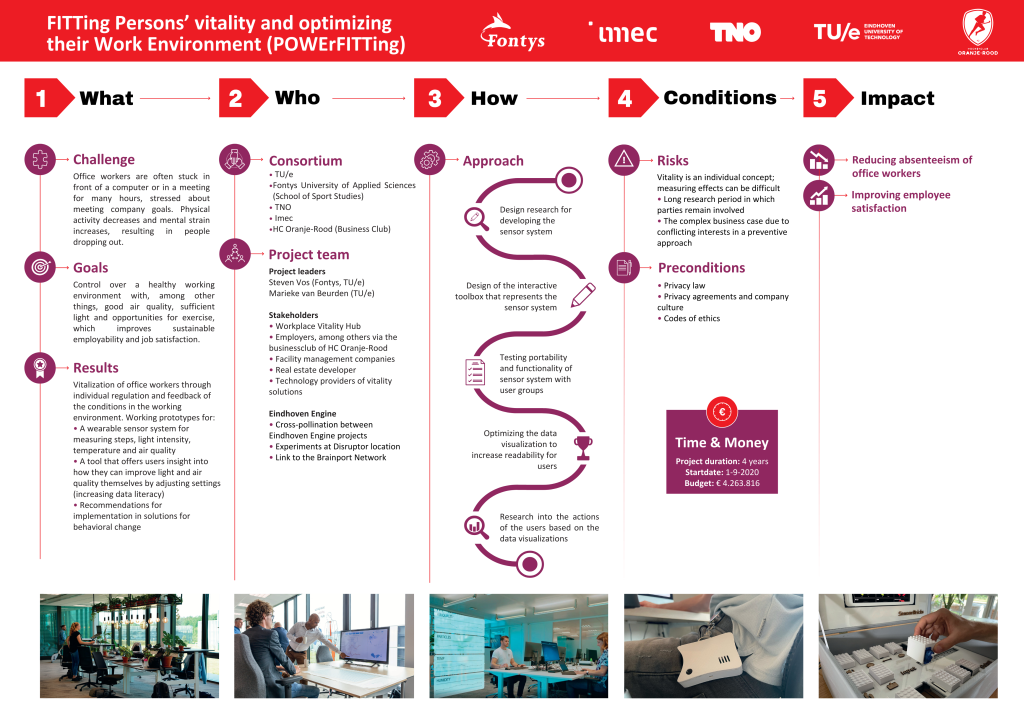
More project info
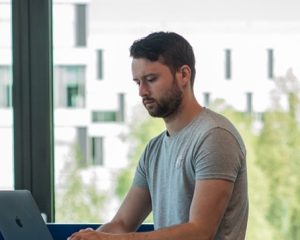
Human-data interaction to enhance office well-being
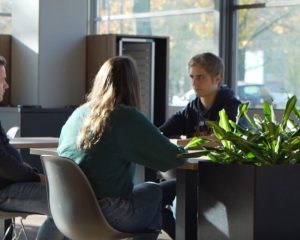
Moving faster!

